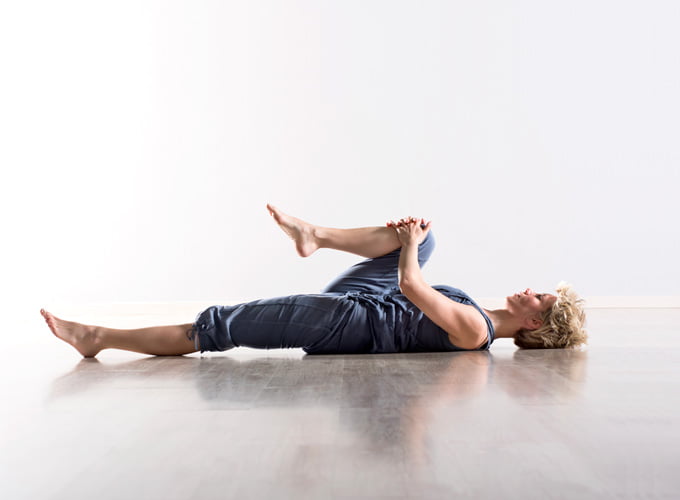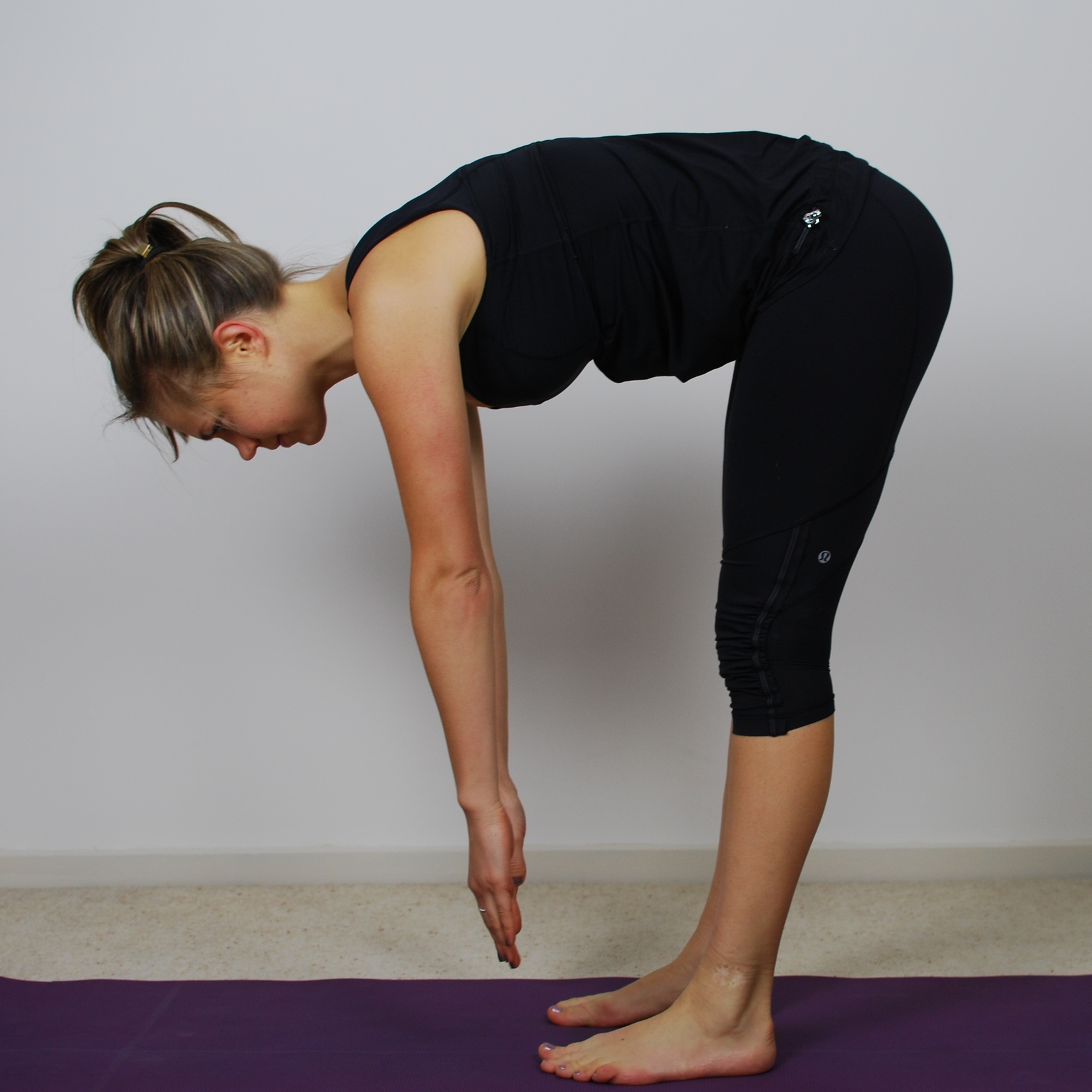McKenzie exercises are a series of movements designed to alleviate back pain, particularly related to disc problems, sciatica, and general lower back discomfort. They focus on spinal extension and can help with conditions like a herniated disc by encouraging proper posture and disc alignment.
6 Basic McKenzie Exercises for Back Pain
1. Prone Lying
- Lie face down on a flat surface with your arms by your sides.
- Purpose: Helps relieve pain by positioning the spine in extension, allowing the discs to move back into place.
- Hold for 1-2 minutes.
2. Prone on Elbows (Cobra Stretch)

- Start by lying face down. Slowly lift your upper body onto your elbows, keeping your hips and legs flat on the floor.
- Purpose: Provides more spinal extension to relieve lower back pain caused by disc issues.
- Hold for 5-10 seconds, repeat 8-10 times.
3. Prone Press-Ups

- From the prone on elbows position, press your hands into the floor and straighten your elbows to raise your upper body further. Keep your pelvis on the ground.
- Purpose: Increases extension of the lower spine and helps reduce sciatic symptoms.
- Reps: 8-10 times.
4. Standing Extension
- Stand with your feet shoulder-width apart and place your hands on your lower back. Lean back gently as far as you can.
- Purpose: Helps reduce pain in the lower back and upper buttocks.
- Hold: 1-2 seconds, repeat 8-10 times.
5. Flexion in Lying (Knee to Chest)

- Lie on your back and bring one knee up to your chest, holding it for a few seconds. Switch to the other knee, and eventually bring both knees to your chest.
- Purpose: Stretches the lower back and helps with disc issues.
- Hold for 5-10 seconds, repeat 8-10 times.
6. Flexion in Standing

- While standing, slowly bend forward as if to touch your toes. Don’t force the stretch.
- Purpose: Stretches the hamstrings and lower back muscles.
- Hold for 5-10 seconds, repeat 8-10 times.
These exercises can be helpful for people with specific types of back pain but should be done cautiously, especially for those with acute symptoms. If your pain worsens or persists, consult a healthcare professional or physical therapist.
Disclaimer
The Content is not intended to be a substitute for professional medical advice, diagnosis, or treatment. Always seek the advice of your physician or other qualified health provider with any questions you may have regarding a medical condition.

